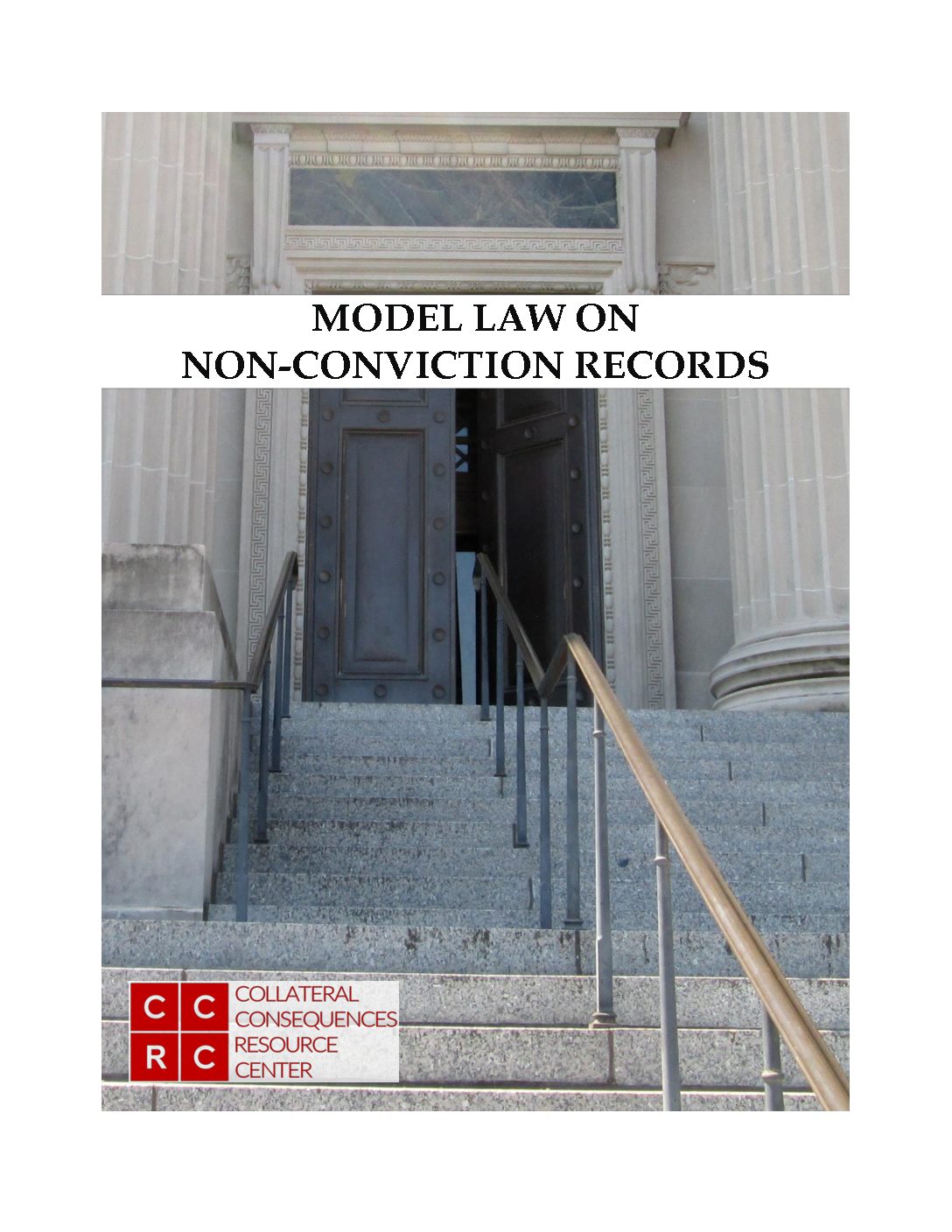Study measures gap between availability and delivery of “second chance” relief
Professor Colleen V. Chien of Santa Clara University has published a major empirical study in the Michigan Law Review that examines the gap between eligibility for and actual delivery of relief from contact with the criminal justice system, a construct she calls the “second chance gap.” (The term is defined with examples here.) Last week, Chien led a team of law students, researchers and data analysts from Santa Clara University in launching the Paper Prisons Initiative, a project that draws on her study’s methodology to estimate this gap for each state’s record relief laws.
During the current wave of criminal record reforms that began around 2013, every state legislature has taken steps to chip away at the negative effects of a record through authorizing or expanding expungement, sealing, and other forms of record relief. At the same time, it has become evident that bureaucratic and structural obstacles prevent many of these laws from achieving their full promise—particularly when they require a potential beneficiary to navigate a complex and burdensome judicial or administrative process.
Last June, Professors Sonja B. Starr and J.J. Prescott published the first broad-based empirical study of a state law limiting public access to criminal records, revealing that just 6.5% of those eligible for relief in Michigan successfully completed the application process within five years. This conclusion has given additional impetus to the movement to make record-sealing automatic: six states now authorize “clean slate” relief for a range of conviction records, 16 states do so for non-conviction records, and clean slate campaigns are underway in several additional states.
In “America’s Paper Prisons: The Second Chance Gap,” Professor Chien provides a more general perspective on the gap between eligibility and delivery of second chance relief documented for Michigan by Starr and Prescott. In her article, Chien looks at three forms of relief from contact with the criminal justice system—record-clearing, restoration of voting rights, and shortening prison sentences. Based on her analysis, the paper concludes that in many cases only a small fraction of those eligible for relief (usually less than 10%) have received it. Most notably, she uses novel data collection and analysis to estimate that at least 20 to 30 million American adults have non-conviction records that appear to be clearable under existing law but that have not been cleared. In follow-up state-specific papers available on the Paper Prisons Initiative website, she and her team have estimated the second chance expungement gap in convictions relief for a number of states.
I.
The first part of “America’s Paper Prisons” explores the reasons for the “second chance gap”:
In the same way that the accused remain innocent until proven guilty in the U.S. criminal justice system, many second chance programs require defendants to “prove” that they deserve second chances before awarding them. As such, getting one’s second chance through petition-based processes may include enduring a bureaucratic process, amassing information through a variety of sources, and being evaluated by an adjudicative or administrative body. The high cost of doing so in many cases may be insurmountable.
Chien divides the barriers that contribute to the second chance gap into three categories: administrative barriers, like informational and transactional costs; structural barriers, like a requirement to pay court debt and participate in a formal court hearing; and substantive barriers, like perceptions that the costs of the process outweigh its benefits.[1]
II.
The second part of Chien’s paper estimates the second chance gap for an assortment of relief mechanisms, drawing on both original data collection and secondary sources. Chien uses two metrics: the “uptake gap,” which measures the share of individuals over time who are eligible and have not applied or not received relief; and the “current gap,” which looks at the share of individuals at the certain moment in time who are eligible but have not received relief. Her analysis shows, on a nearly uniform basis, that only a small percentage of eligible individuals obtain relief in petition-based programs.
The relief mechanisms she studies confer different benefits, are animated by differing policy objectives, and vary in eligibility criteria and administrative process. Still, a general pattern is clear across the following second chance gaps that Chien presents:



 offers state-by-state analyses of the law and practice in each U.S. jurisdiction relating to restoration of rights and status following arrest or conviction. Jurisdictional “profiles” cover areas such as loss and restoration of civil rights and firearms rights, judicial and executive mechanisms for avoiding or mitigating collateral consequences, and provisions addressing non-discrimination in employment and licensing. Each jurisdiction’s information is separately summarized for quick reference.
offers state-by-state analyses of the law and practice in each U.S. jurisdiction relating to restoration of rights and status following arrest or conviction. Jurisdictional “profiles” cover areas such as loss and restoration of civil rights and firearms rights, judicial and executive mechanisms for avoiding or mitigating collateral consequences, and provisions addressing non-discrimination in employment and licensing. Each jurisdiction’s information is separately summarized for quick reference.